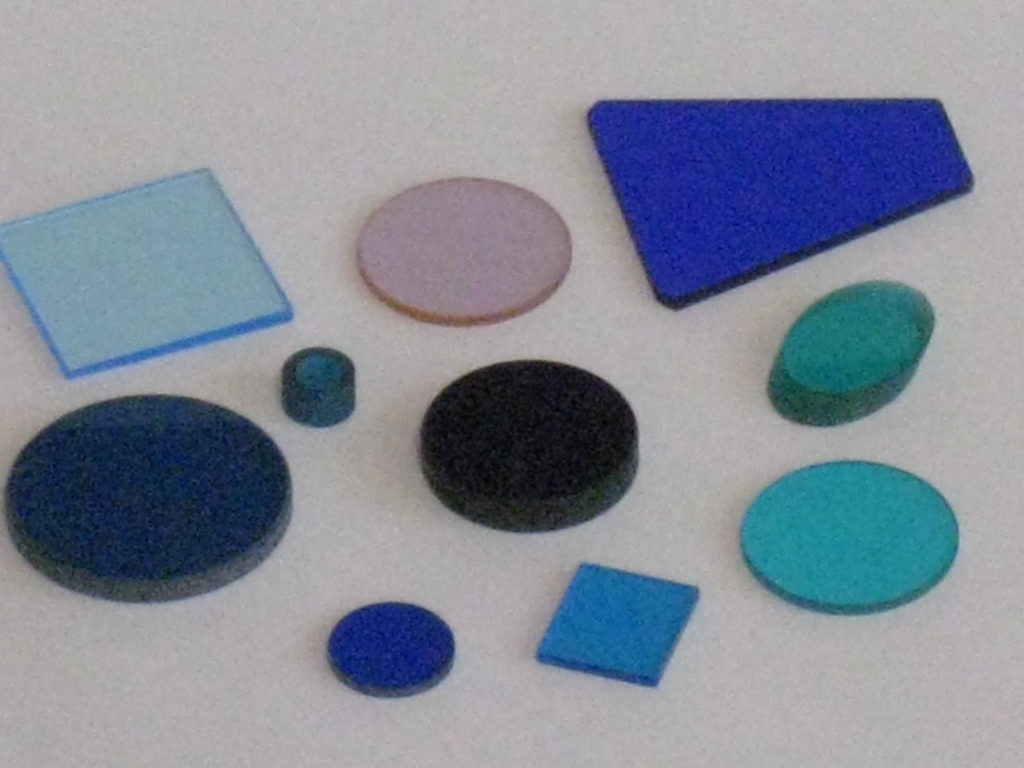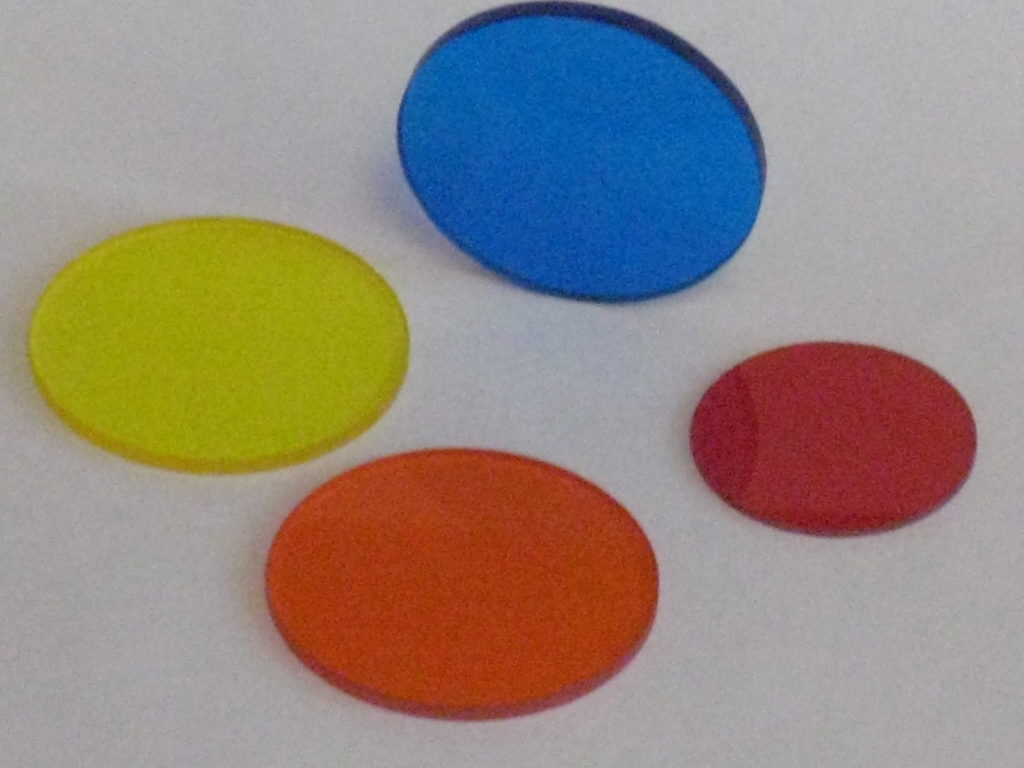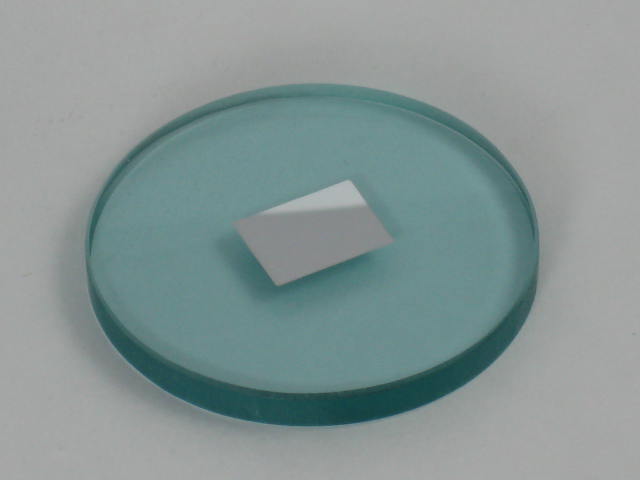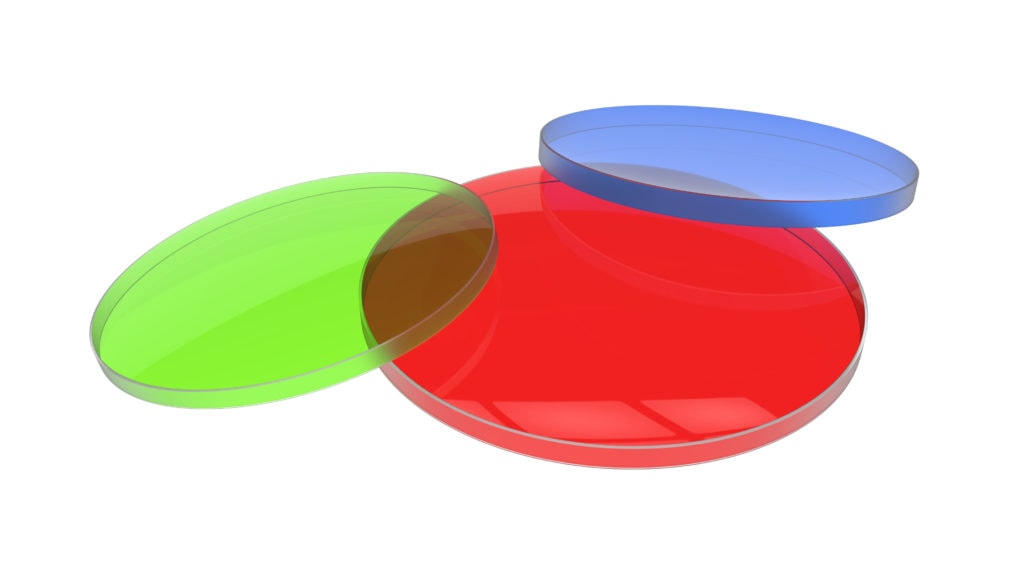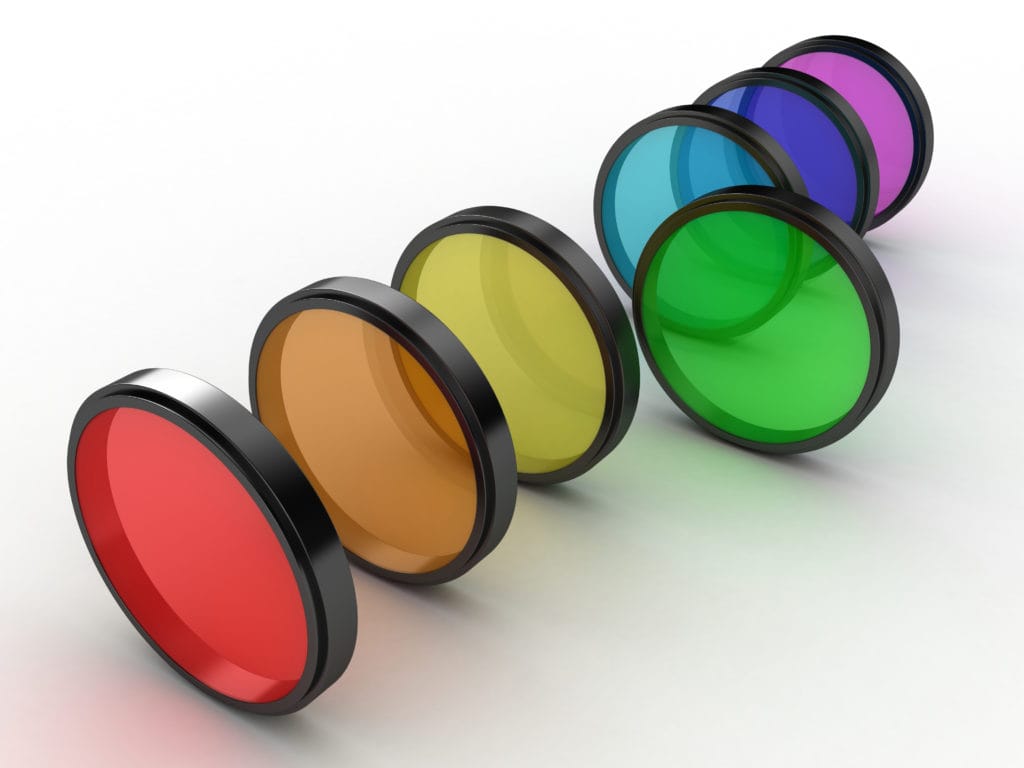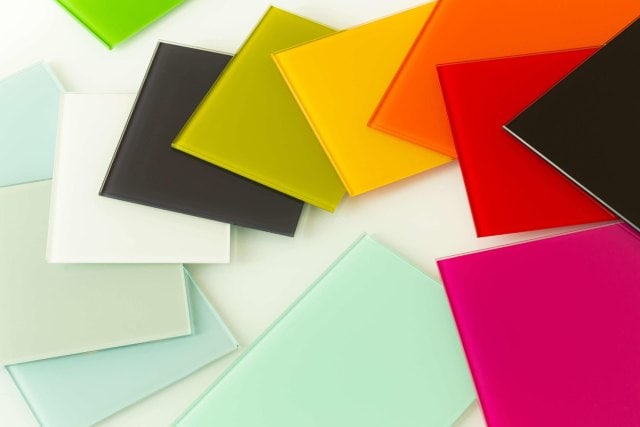
CUSTOM OPTICAL FILTERS
Optical Filters transmit light of different wavelengths to attenuate or enhance an image and to transmit or reflect specific wavelengths. All Optical Filters pass, absorb, and/or reflect light.
We have a large variety of Optical Filters available at Sterling Precision Optics, Inc. Below is a listing of the most commonly used in the optical industry today.
|
Colored Glass Filters |
Colored glass filters are made from special filter glass material with different absorption and/or transmission properties across a specified spectral region. The raw material for colored glass filters can be in sheets, strips, blanks or blocks. |
|
Colored Glass Filter Material |
Blanks Blocks Sheets Strips |
|
Colored Glass Suppliers |
Hoya |
|
Heat Absorbing Filters |
Heat absorbing filter glass will transmit visible light and absorb infrared radiation. The absorbed IR is dissipated as heat into the cooled air around the optical assembly. Heat absorbing filters are typically tempered or toughened (heat treated) so that the glass will not crack due to the expansion and contraction caused by the heating and cooling. The tempering department at Sterling Precision Optics, Inc. has 5 ovens to handle all types and sizes of glass |
|
Heat Absorbing Glasses Recommended |
|
|
Long Pass Filters |
These filters pass long wavelengths only and are made from colored glass filter material and/or special optical coatings. |
|
Long Pass Filters Glasses Recommended |
|
|
Short Pass Filters |
These filters pass only short wavelengths and are also made from colored glass filter material and/or special optical coatings. |
|
Short Pass Filters Glasses Recommended |
|
|
Neutral Density Filters |
Neutral Density or ND Filters evenly reduce the transmission across a portion of a certain spectrum (wavelength) visible, ultraviolet or infrared. There are two types of ND Filters: absorptive and reflective. The absorptive filter absorbs light that is transmitted through a specified filter glass. A reflective filter reflects the light back using a specified optical coating. |
|
Neutral Density Glasses Reccommended |
|
Dichroic filters have an optical coating that transmits and reflects a given spectrum. They are typically used as color filters and are slightly angle sensitive.
Bandpass filters have either extremely narrow band (<2nm to 10nm) or they have a broadband (50nm to 80nm) transmission across the filter. They are very angle sensitive care must be taken when installing in an optical assembly.
Sterling Precision Optics, Inc. has an extensive Quality Control Department that utilizes both traditional and statistical measuring methods. All jobs have first-piece and in process quality control operations through the production process. Each and eve
- Calipers 10) 4 With Mini Processors
- Mics
- Granit Surface Plate 24” X 18” X 2”
- Jo Blocks (Certified)
- Angle Blocks
- Protractors(2)
- Scratch Dig Set (Certified)
- Optical Bench And Laser, Spectra Physics 155
- Spectrophotometer, Lamba 3b Uv/Vis
- Height Indicator Electronic, Mitutoyo
- Microscopes(2)
- Optical Flat (Certified)
- Polarascopes (2)
- Shock Tester
- Drop Ball Tester
- Thermal Oven
- Low Temp. Chamber
- Abrasion Tester
- Laser, Spectra Physics
- Laser Diode, Lisiris
A hot mirror, featuring an optical coating that reflects infrared (IR) radiation while permitting visible wavelengths to pass through, plays a crucial role in various applications where managing heat and light transmission is essential. Sterling Precision offers specialized solutions that align with the unique attributes of hot mirrors, enhancing their functionality across diverse applications.
The optical coatings designed by Sterling Precision are tailored to exhibit optimal reflectance in the infrared region, effectively preventing the transfer of heat associated with these wavelengths. Simultaneously, these coatings ensure high transmittance for visible light, maintaining the integrity of the desired spectral output.
In optical systems, Sterling Precision's hot mirrors prove invaluable for minimizing heat buildup by efficiently reflecting infrared radiation away from sensitive specimens and components. This enhances the overall efficiency and performance of optical systems, ensuring longevity and reliability.
For applications in lighting, Sterling Precision's expertise in hot mirrors enables precise control over the spectral output of light sources. By allowing visible light to pass through while reflecting infrared radiation, these hot mirrors contribute to the creation of lighting solutions that are not only visually appealing but also energy-efficient.
To gain a more in-depth understanding of how Sterling Precision can enhance the capabilities of hot mirrors, exploring their specific product offerings, technical specifications, and application guidelines would be beneficial. A focused web search on "Sterling Precision hot mirrors" can provide insights into the company's contributions to advancing optical technologies and their applications in various industries.
ustries.

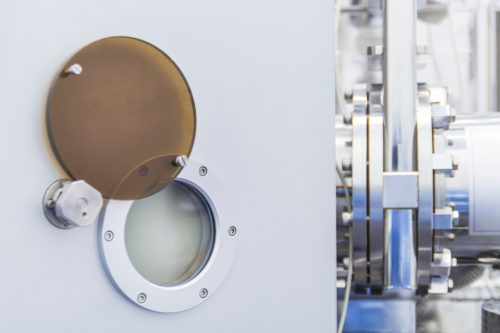 OPTICAL WINDOWS
OPTICAL WINDOWS
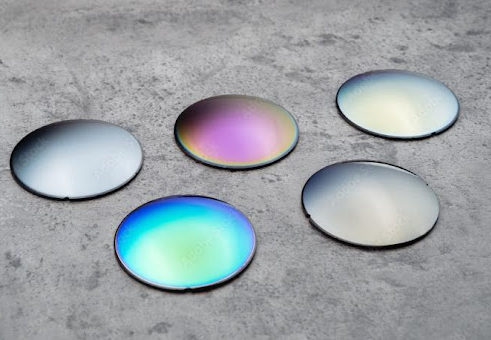 OPTICAL COATINGS
OPTICAL COATINGS
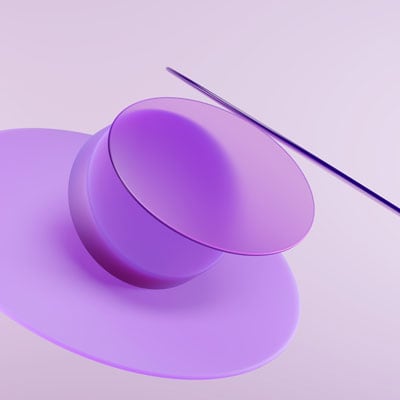 UV OPTICS
UV OPTICS
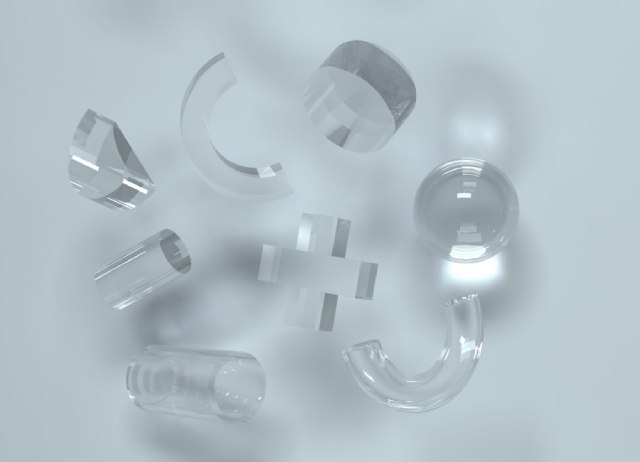 CYLINDRICAL OPTICS
CYLINDRICAL OPTICS
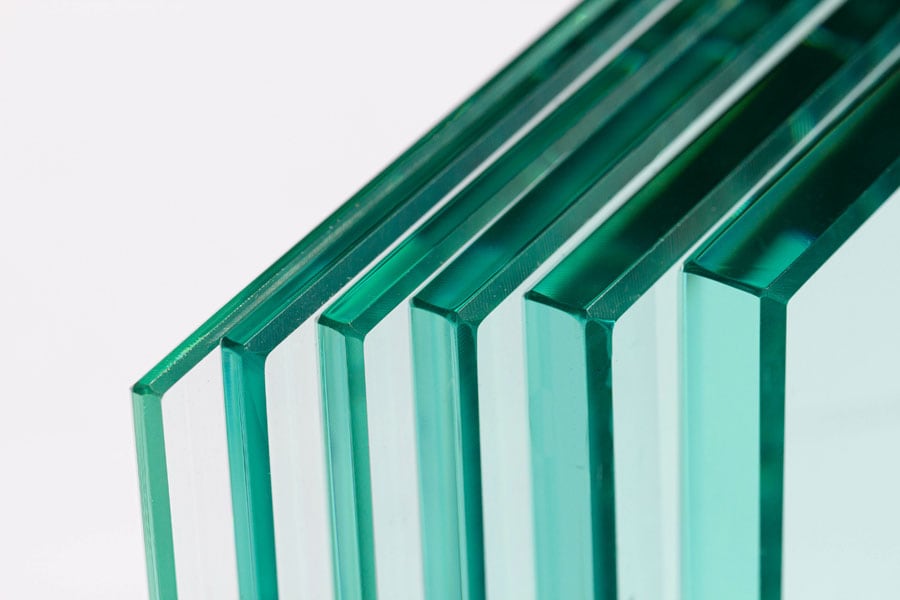 CUSTOM TEMPERED OPTICS
CUSTOM TEMPERED OPTICS
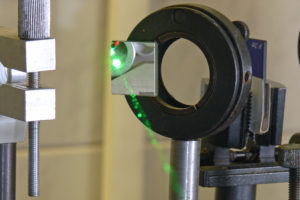 OPTICAL MIRRORS
OPTICAL MIRRORS
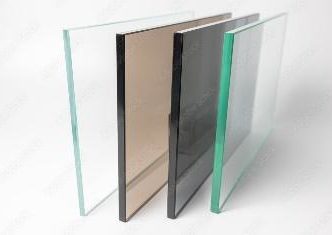 NEUTRAL DENSITY
NEUTRAL DENSITY
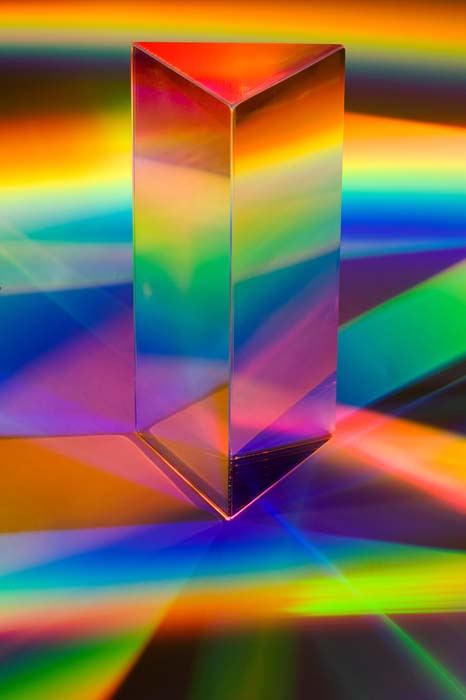 PRISMS & RETROREFLECTORS
PRISMS & RETROREFLECTORS
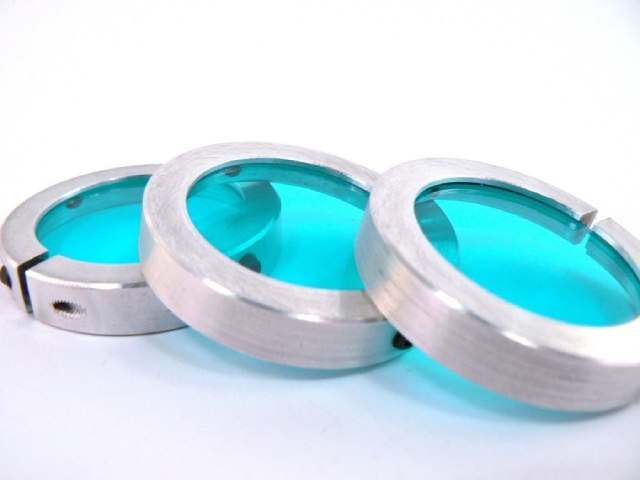 ASSEMBLIES
ASSEMBLIES
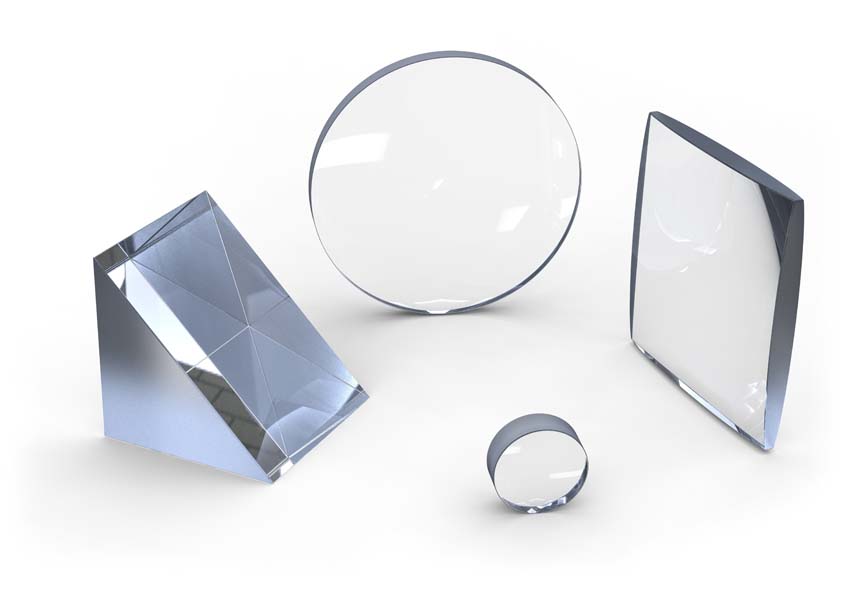 OPTICAL LENSES
OPTICAL LENSES
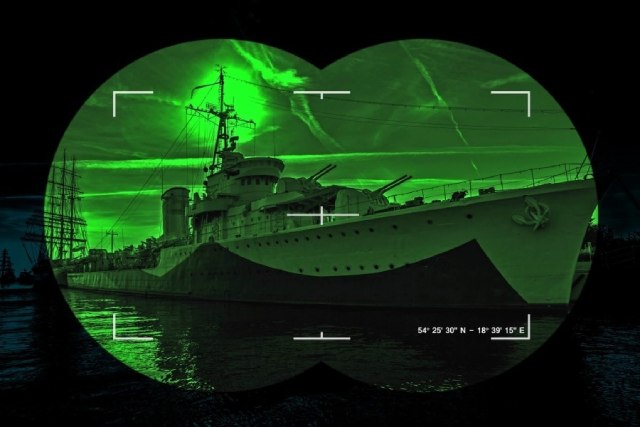 NIGHT VISION FILTERS
NIGHT VISION FILTERS
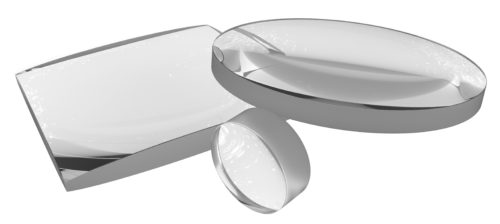 ACHROMATIC LENSES
ACHROMATIC LENSES
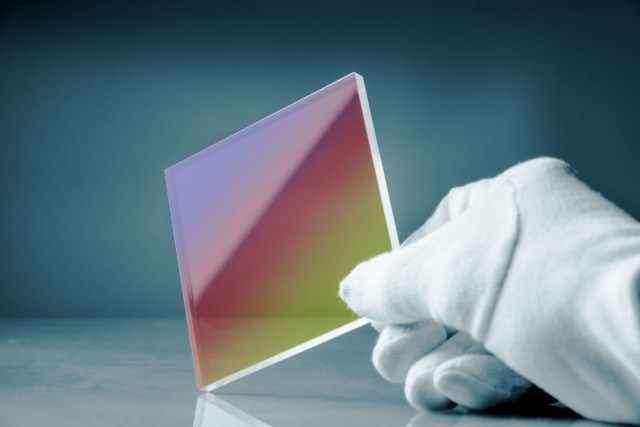 OPTICAL BEAM SPLITTERS
OPTICAL BEAM SPLITTERS
